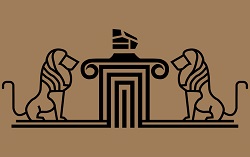Travertine is one of the most popular natural stones used for many building and construction purposes including roofing, flooring, stonework, wall covering, cladding and a variety of bath designs. As a versatile and multifaceted natural stone, travertine is available in two classic variations, namely the vein-cut and the cross-cut.
Travertine Classic Vein-cut
The travertine vein-cut has a dark decorative pattern that is also known as veinage in engineering jargon. Also, the vein-cut travertine defines a heavy background that is filled with natural elements. This kind of appearance results from the application of a direct sawn technique which brings out the natural vein in the cut itself. The travertine vein-cut creates a stunning effect on interior decorations and applications. Vein-cut is also the most well-known variation of travertine and presents a natural parallel vein with holes found throughout its surface, a pattern that sets travertine apart from other natural stones used in construction.
Travertine Crosscut
The travertine cross-cut, on the other hand, is attained when the blocks are carved in favour of the vein. This technique means that the natural vein disappears from view and the result is a uniform surface that is exposed by a combination of light and dark emulsified sections. These light and dark layers showcase the varying hues of travertine and tend to have a much softer feel than the vein-cut due to the flowery impressions the sawn bring out in the cross-cut.



